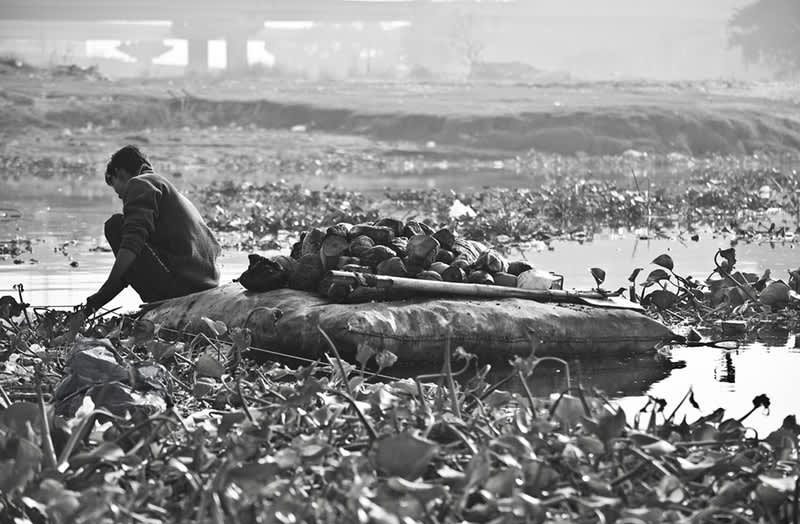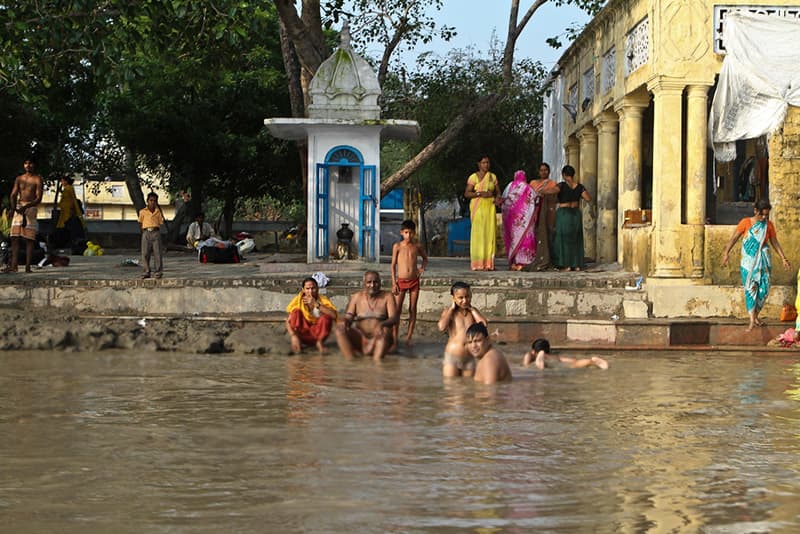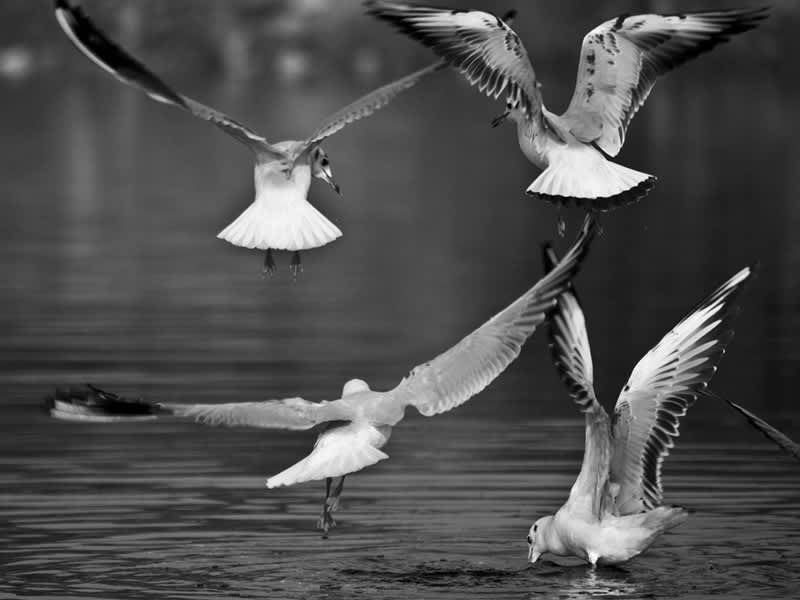 Delhi
DelhiPolluted But Still Enduring: We're Talking About The Yamuna Riverfront
Yamuna, from the part that enters Delhi to the point that it leaves for Agra is a river of sorrow. It is ironical and almost hypocritical at times that a river so revered in the scriptures is left to a fate so demeaning. One of the most polluted rivers in the country, this water body needs to be rescued and soon.
Hope For The Future

Despite all this, the river still manages to sustain a rich repository of life around it. The fishes are long gone and the ones that remain hardly enjoy the stay but the birds and farmers remain. The recent years have seen increased agitation over the issue and crores of rupees have already disappeared down the black abyss of the river with no signs of improvement. The recent spates of campaigning do indicate a resurrection and considering that most of the urban rivers around the world have experienced a 'dark' phase, one does hope a better future lies ahead.
The Sights & Sounds

If you can brave all the preconceived notions, the river is a revelation. Try accessing the riverbank from Nigambodh Ghat near Kashmere Gate. There are many boats here to provide transport for Hindus who are seen carrying out the last rites of their deceased loved ones on the river. For a negotiable fee ranging from Rs 200-400, these boats can be hired for a short 5-6 km ride till the ITO barrage and back.
The banks, surprising as it may sound, still provide quite a bit of agricultural produce. Around 1,000 odd families spend half a year on the banks (and the tiny islands that crop up during the drier parts of the year), sifting the dirty river water through traditional filtering processes and growing common vegetables, while migrating to higher grounds during the monsoons. Uncontrolled and untreated waste disposal has been the bane of the river and the chemicals released into the water have diminished most of the oxygen content - and as a result there is hardly any life under water, save a few weeds that refuse to part ways.
Varied Avifauna

The banks are still pretty rich in bird species though, winters see a lot of avifauna migration and birds like the Brown Headed Gull. As one goes towards Okhla, a slight improvement in the water quality can be observed, leading to areas like the Okhla Bird Sanctuary. The Yamuna Biodiversity Park is also a major attraction with multiple access points from North and East Delhi. Kashmere Gate Metro Station is a 5 minute ride away from Nigambodh Ghat. Take care to dress appropriately as it’s a sacred site.
Make an early morning start to see the best of the avifauna and observe the last few remaining dregs of beauty that the topographical underbelly of the metropolis holds!
Like
Bookmark
Share

